Silk print


Silk print
How to make screen plate?
1. Screen degreasing
Direct sensitive adhesive is usually equipped with a diazo sensitizer or sensitizers behalf of pulp. That is, before using a photosensitive paste, evenly mixed sensitizer to photosensitive paste in order to activate sensitized photosensitive paste.
Note that you must let squeegee facing toward the light source.
2.How to choose Rubber Squeegee?
In the screen printing process, the squeegee by embossing mesh to the substrate surface, so that the transfer of the ink through the mesh to the product surface to achieve printing, and it is the source of the printing pressure.
Rectangular cross-section:
Rectangular squeegee suitable for most occasions flat-screen printing, silk screen decoration paper, UV Spot coating, multi-color screen printing, overprint screen printing. Monochrome and multicolor overprint of plastic products.
Triangular cross-section
Triangular section squeegee suitable hollow plastic container, hard and soft circular, elliptical blow paper products, the smooth surface of the textile printing; partial glass PAPER silk screen cylinder metal products, glass, paper products, ordinary CD silk screen of the disc.
Wedge-shaped cross-section
The wedge-shaped cross-section for high precision outlets and extra-fine lines of fine print, low viscosity ink screen printing of fine lines, the fine dot silk screen of the mirror glass, ceramic fine after firing device, CD-ROM, silk screen outlets.
Spherical-section
Suitable for thick film coating, printing base, the fine tone prepress cover printing, UV Spot UV screen printing, rough surface screen printing, silk screen painting wood products, the sandblasting plastic products surface field printing, eye-catching LOGO prominent silk screen .
Squeegee is usually 65 degrees, 75 degrees, 85 degrees three.
65 degrees squeegee:
Suitable for large area thick layer of coating, screen printing, suitable flatness of glass, ceramics, wood products, screen printing, large iron products screen printing. Ink through a large amount of ink thickness. Some bending products such as satellite antenna, bottle screen printing;
75 degrees squeegee:
Suitable for paper, film, and all kinds of plastic products, monochrome, multicolor screen printing, textile screen printing, silk screen of most construction materials, large billboards screen printing
85 degrees squeegee
Demanding products suitable for precision circuit boards, thick film circuit, soft film circuit panel, high-precision dot silk screen, flat-screen high smooth flat products, antique oil painting products, LCD panels, screen printing of various types of functional slurry.
Mixed hardness
Has a solid supporting body with the printing process, the hardness can be varied. Screen printing machine suitable for high-speed screen printing machines, high-precision control, high-precision UV screen printing with offset printing of fine lines decoration.

Used in printing flat, oval, and standard round products. It is consist of working table, screen frame combination, ink Squeegee system, operation controlling system and machine body.
l STRUCTURE
4) Operation controlling system : Most of screen printer controlled by micro-computer built in to make machine stability and easy to operate. When testing, only press simple action key and when starting automatic key to begin printing will be helpful to operate screen printer.
l MAINLY FACTOR
It is important to make fixture according to products. Regular products need the fixture made by lathe or CNC. Complex products need the fixture made by polyester resin. Round products need same diameter transmission gear with product diameter.
4. Different feed transmission way sort screen printer as and web-roller screen printer. Most of screen printer is single-piece screen printer.
Samples of screen printing machine

Textiles are the main source of human clothing, mainly including various pure cotton products and chemical fiber materials. In addition to thermal transfer printing, textiles can also use silk screen printing. The silk screen printing process is different from the silk screen printing process of other printing substrates.
Because textiles touch the human body, they are soft, smooth and breathable. The screen printing machine used is generally a rotary screen printing machine, and the workbench is a platform made of aluminum or wood. In order to ensure the flatness of the textile during printing, The workbench will be coated with a layer of platen glue, which is an adhesive that fixes the textile in a specific position. In multi-color printing, the textile will remain on the platform without any movement.
The ink on textiles is also different from the ink on other plastics. It is generally a variety of solvent-based or water-based glue plus toner. Pyroset inks can also be used. Since these inks cannot damage the human body, the environmental protection requirements are higher. Whether it is mucilage or thermosetting ink, its drying needs to be dried to remove moisture. Therefore, the screen printing machine itself should be used together with a swing oven and a tunnel drying oven.
The silk screen printing process has a very rich expressive force, and the texture of its lines and patterns often dwarfs thermal transfer printing and inkjet printing. However, the silk screen printing process is cumbersome and complicated, and the process line is long, which often discourages investors. cannibalize.
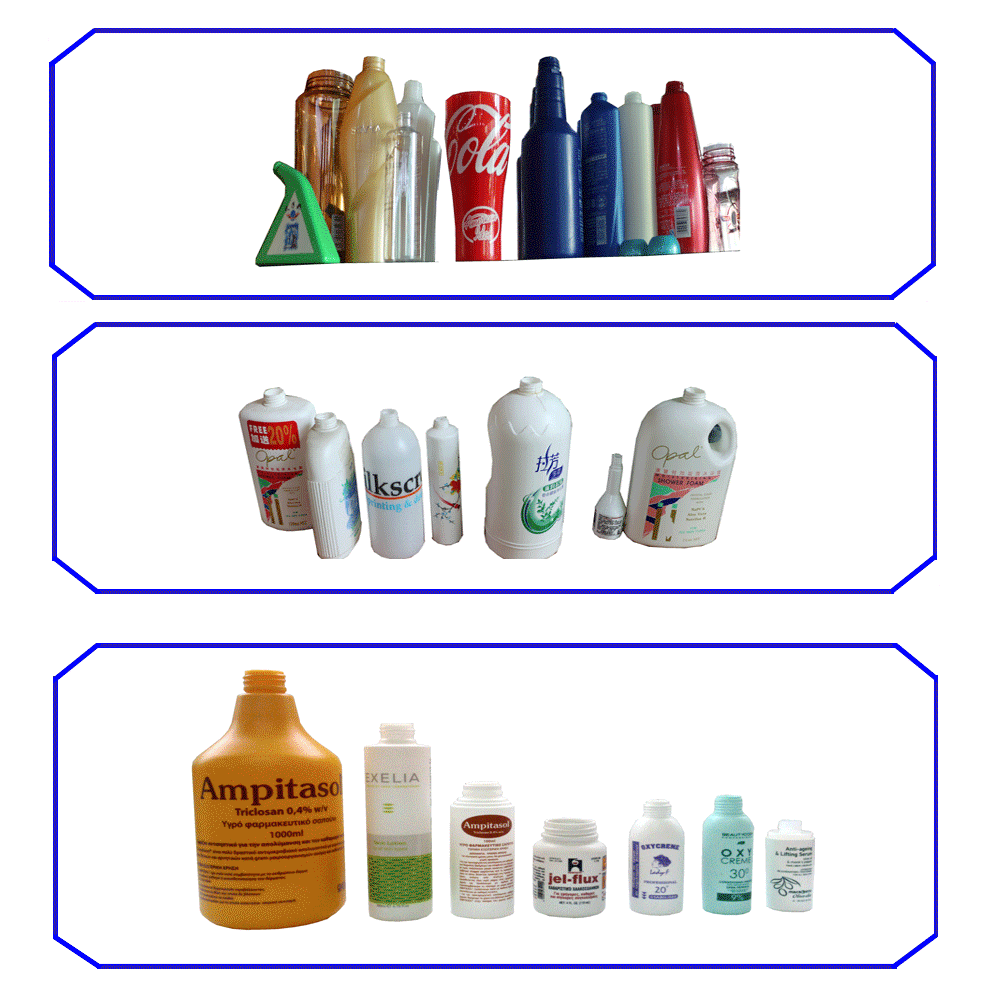
The most suitable printing method for cylindrical products is silk screen printing, because the screen printing machine can easily convert the rotating motion of the cylinder into the plane motion of the screen plate. When the rotation of the cylinder and the movement of the screen plate become precise linear contact, The pattern on the screen will be accurately transferred to the surface of the cylinder. Cylindrical products occupy a dominant position in people's daily life, cosmetic bottles, various liquid containers, cups, some toys, gifts, decorations, handicrafts, lamps, water pipes, fishing gear, etc., in the industrial field, more cylindrical products The list goes on and on, car filters, electronic cigarettes, metal heating tubes, capacitors, fire fighting equipment, liquefied gas tanks, fire extinguishers, etc.
Theoretically, all cylindrical products can be printed with a screen printing machine. Consider the following issues when printing these products:
1) What kind of ink is used, is it UV ink or solvent ink?
2) Use a semi-automatic screen printing machine or a fully automatic screen printing machine?
3) What kind of feeding method should be considered when using a fully automatic screen printing machine?
4) How to realize color printing?
There are many types of cylindrical products, but as far as specific products are concerned, it is necessary to carefully analyze the product's material, size, shape features, and printing requirements to prepare the necessary plan.
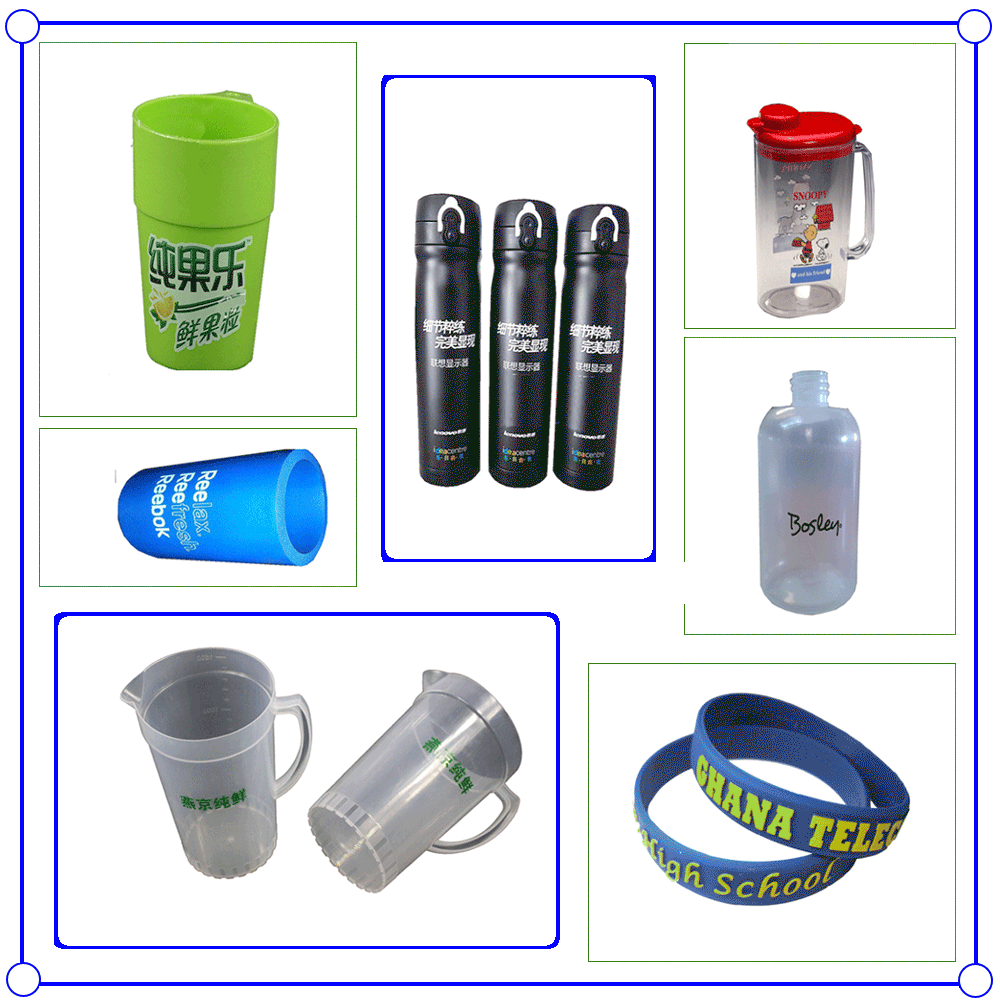
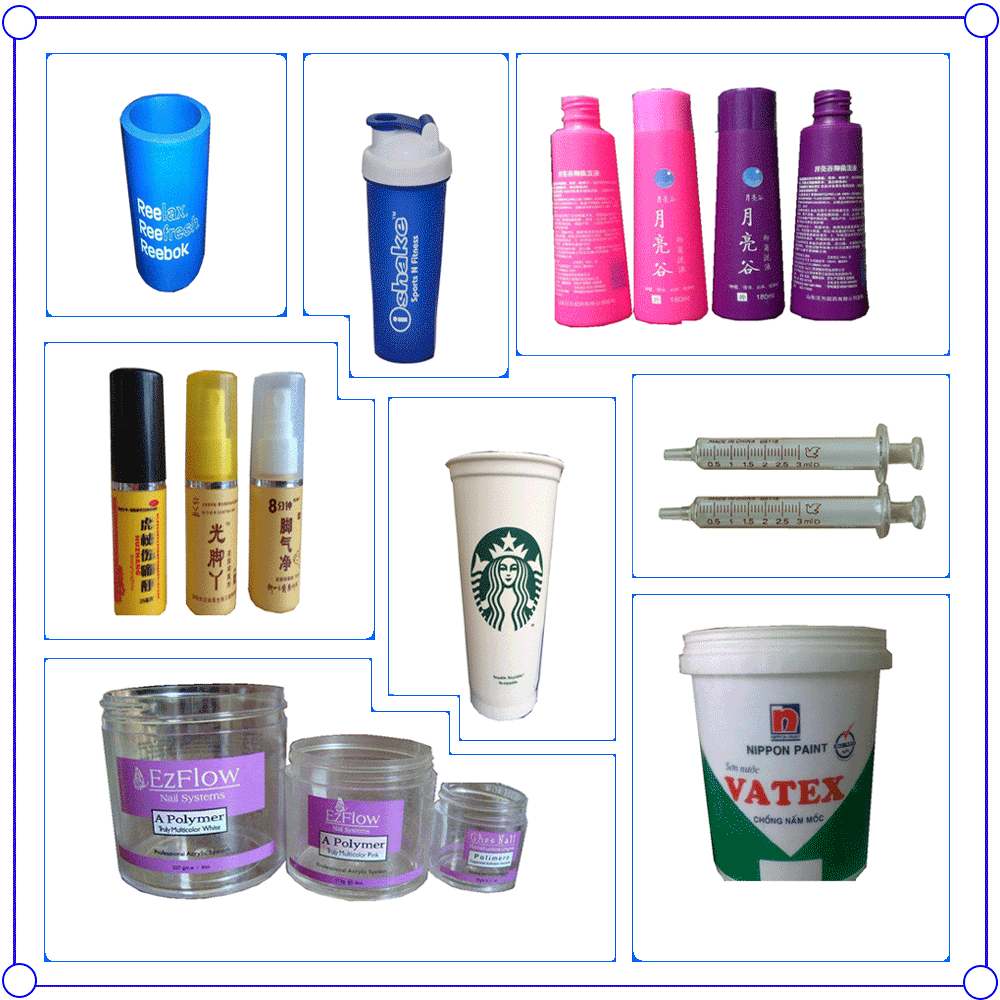
In the plastic packaging industry and cosmetic packaging industry, polyethylene and polypropylene materials are widely used due to their excellent processing ability and chemical corrosion resistance, which has also become a problem that the silk screen printing process must face.
The chemical resistance of polyolefin materials is a weak point for printing, which means that it will reduce the adhesion of ink. The current effective method is to use flame treatment, which can pour oxygen atoms on the surface of polyolefin materials 2. Weaken its non-polarity, thereby improving the adhesion of the ink
For the screen printing process, if the ink is selected correctly and the flame surface treatment is used, the adhesion of the ink will be significantly improved, which will increase the attractiveness of the product itself to users.
UV ink is especially commendable in terms of packaging in the cosmetics industry, because when you choose cosmetics, you are likely to be interested in the high gloss of the ink, mainly due to the gloss of the acrylic resin in the UV ink after curing. Now The use of ink in cosmetic packaging has increased to more than 85%.
Another remarkable feature of the ink is that it must be irradiated by UV lamps to dry, so it is basically in a flowing state on the screen, and the situation of blocking the screen will basically not happen. This is the convenience of the operation, so when With the silk screen printing process, a curing machine with a curved surface must be selected. A single flame processor, curved screen printing machine, and UV curing machine constitute a complete solution for UV curved screen printing, but due to the interruption of the process, it is difficult to increase the printing speed, and the constraints of each link also restrict the technical ability of the operator.
In recent years, the fully automatic hollow container bottle screen printing machine has been popular in the market. It integrates many processes such as automatic feeding, flame treatment, curved surface screen printing, UV curing and automatic unloading, etc., with fast speed, stability and few quality constraints. , has gradually seized the market occupied by semi-automatic printing, and has first been popularized in western developed countries and some large cosmetic factories.
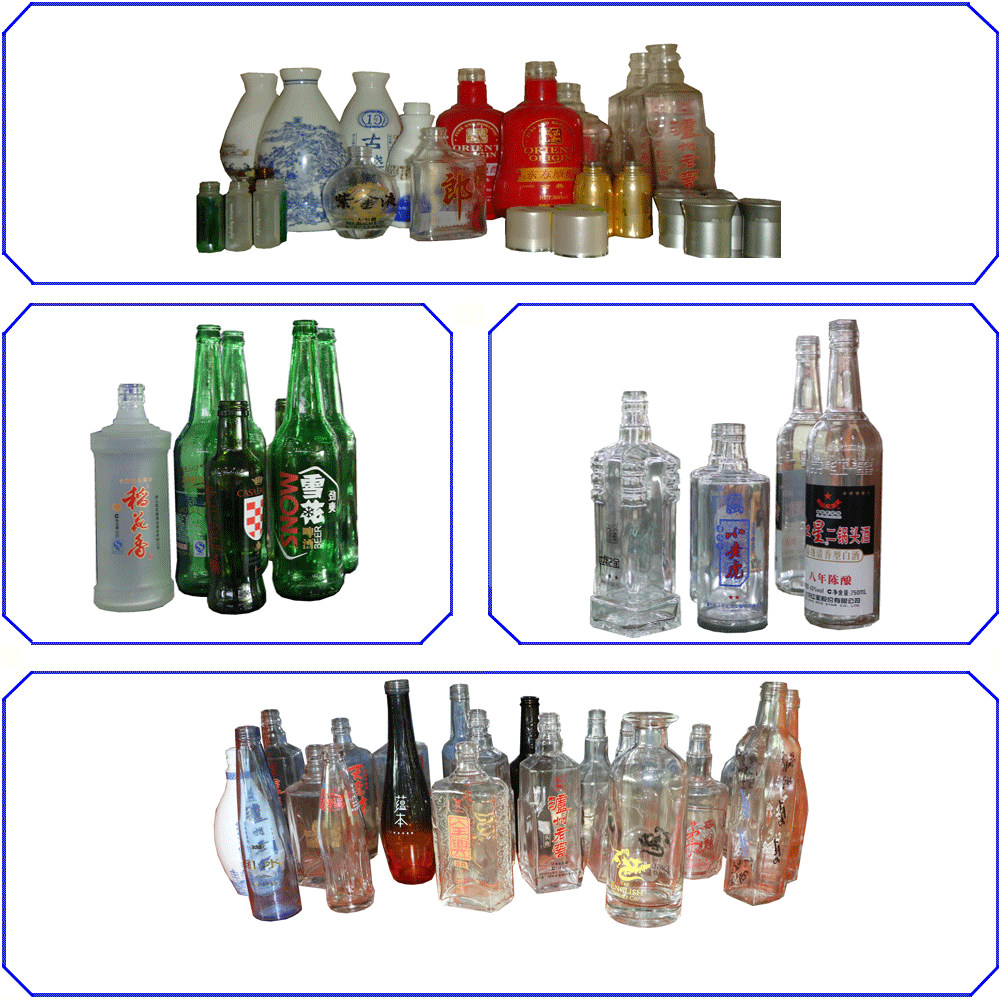
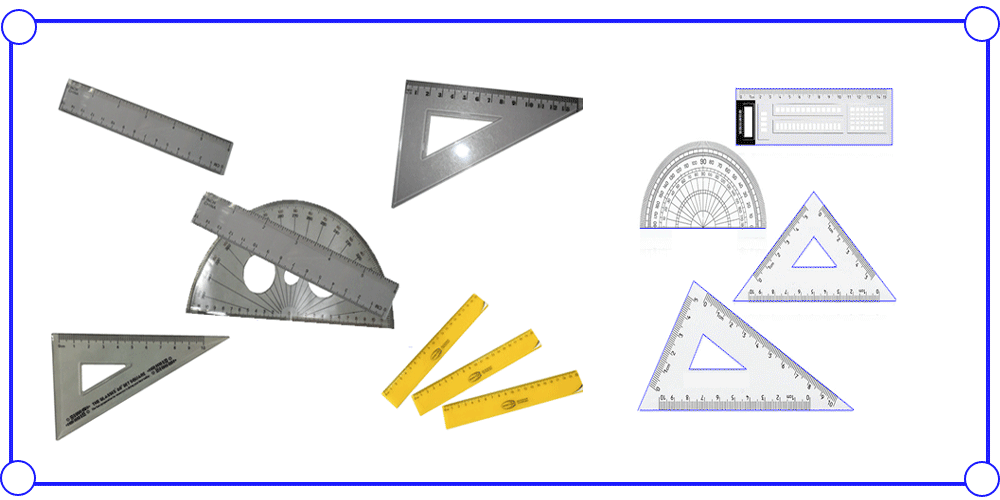
The measuring tools used by students for reading are generally complete sets, including rulers, set squares, and protractors. Some users use pad printing to print them, but the precision is not high, so most of these products are still printed with screen printing machines.
The semi-automatic flat screen printing machine can print a single product, but because the whole set of measuring tools is supplied to the market and sold, most users will require the whole set to be printed at one time. Therefore, the special student measuring tool set screen printing machine has entered the market. Triangle, ruler, and protractor are fixed on the workbench with a complete set of fixtures for one printing. With the addition of automatic feeding device, static electricity removal device, silk screen printing device, robot arm, UV curing device and IR drying device, the automated production line can be completed in one step.
At present, most of the measuring tools used by students are made of PC or PMMA. The screen printing machine is also designed for these two materials. If the material is stainless steel or wood, the machine may need to be upgraded in details.
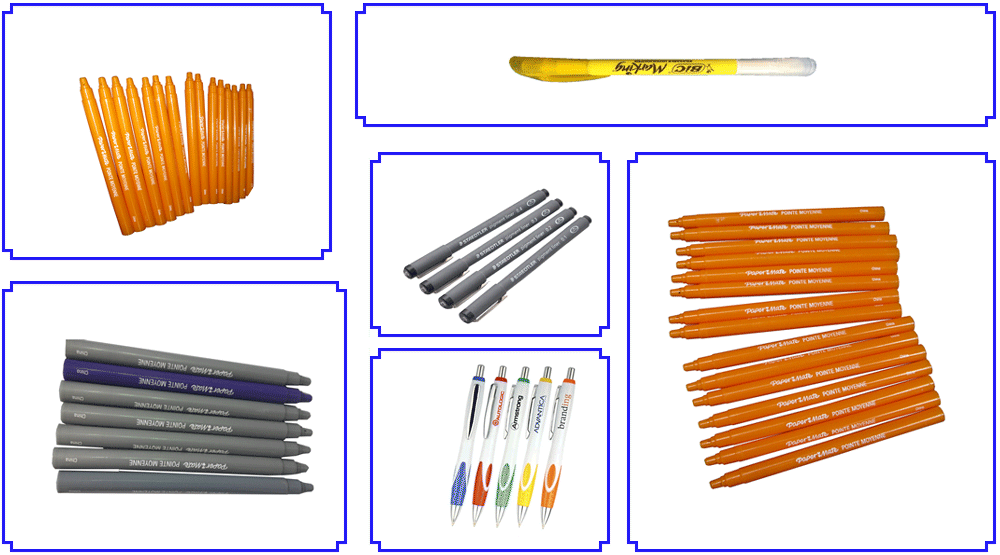
The pen is the most important stationery in daily life. Its preferred printing process is also silk screen printing, because its shape is firstly a cylinder or roughly a cylinder. Due to the huge amount of use, the semi-automatic surface screen printing machine can only meet the needs of small batches of users. For For large-volume market supply, a fully automatic screen printing machine must be used. Due to the small diameter of the pen holder, there are now specially designed fully automatic screen printing machines for pen holders on the market, which include a feeding trough, a transmission mechanism, a printing system and a drying system.
Pens are made of plastics, metals, wood products, pottery, etc. When considering the printing scheme, prepress treatment and drying methods should also be considered.
The structure of the pen should also be considered. Some pen holders may need direct silk screen printing, and some may need to be printed with a pen holder. Most pens need to be printed in one color, but how to deal with multi-color printing? As you may notice, pen holders are also a market that other printing processes are vying for, hot stamping, heat transfer, pad printing and inkjet printing.

The silk screen printing of balloons is quite special. It must first be blown into a certain size approximate sphere, and then screen printed on a special screen printing machine. The silk screen printing can be monochrome or multi-color.
Balloon screen printing is not a high-precision printing process. It is subject to the change of blown size, the elasticity of balloon printing, shaking, and the change of position when the screen and balloon are in contact.
The screen printing machines used in balloon printing are mainly monochrome balloon screen printing machines, turntable balloon screen printing machines, and in-line multi-color screen printing machines. Although these screen printing machines are powerful, they can only be used on certain parts of the balloon. print.
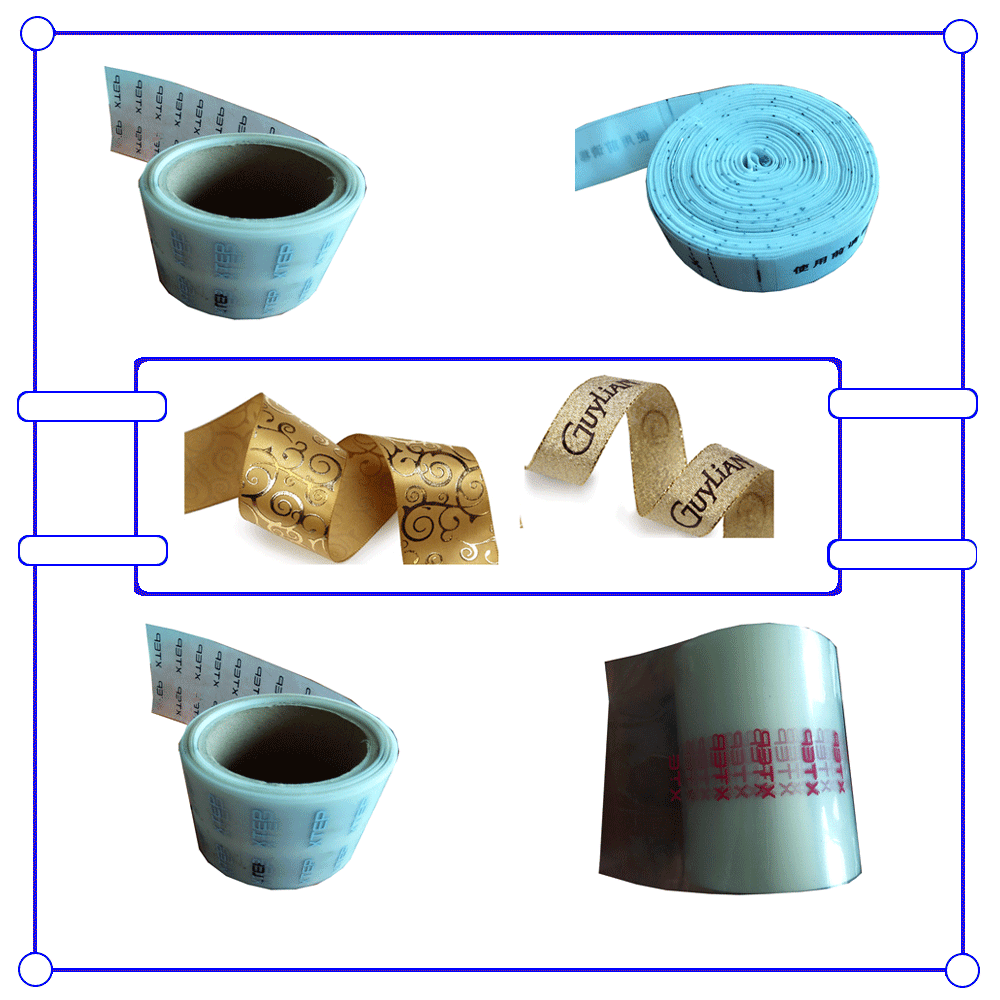
The most common printing method for webbing is silk screen printing, which has a higher market share than hot stamping and sublimation transfer printing, and it is also the first process used in the indirect hot stamping process.
Since most of the ribbons are narrow strips with different widths, in most cases, multiple strips can be printed on the screen printing machine at a time, and the production efficiency will be doubled. The current webbing screen printing machine has been standardized. It is a flat screen printing machine that uses a synchronous belt for transportation. The back end is connected to an IR tunnel furnace. The webbing belongs to various knitted fabrics, and UV ink is rarely used.
The special webbing screen printing machine can print monochrome to multi-color. Although the price is high, the precision is also high and the printing quality is good. Some users will add a feeding device and a winding device to print the webbing on the basis of the ordinary screen printing machine. The effect is Not bad.
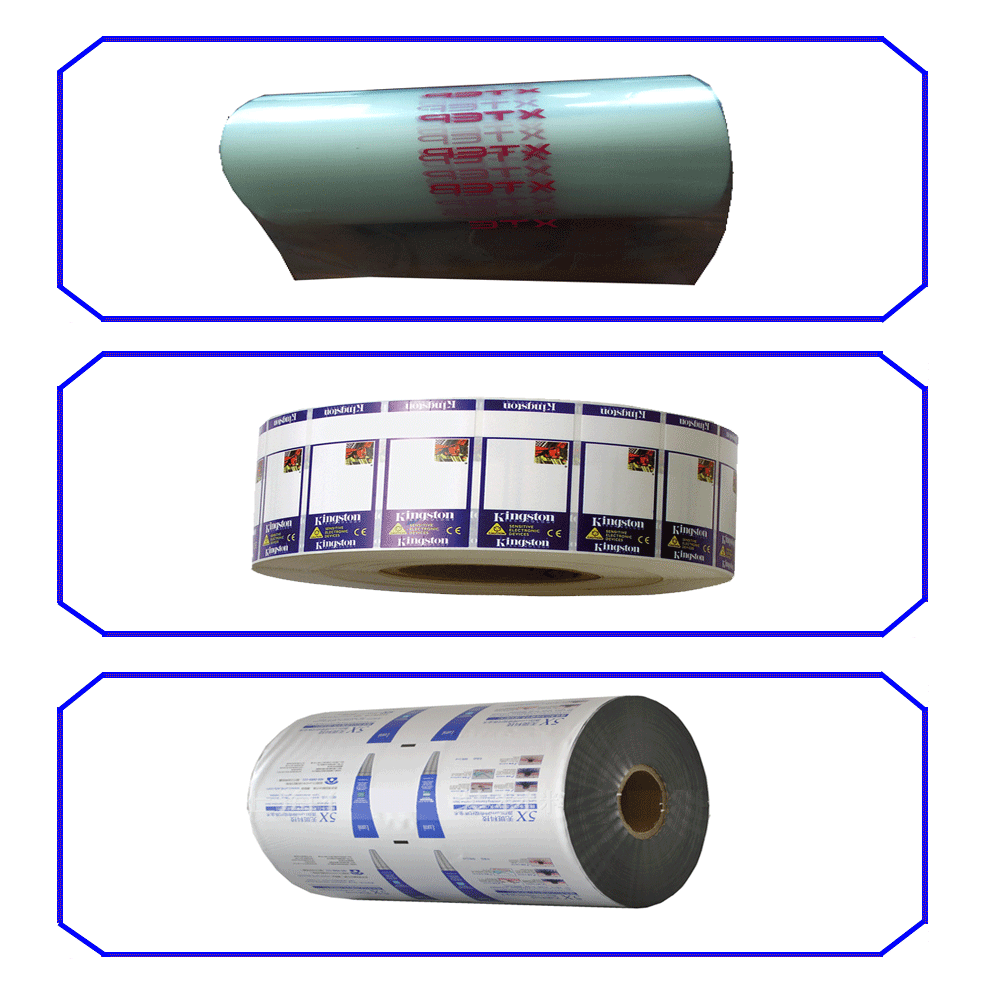
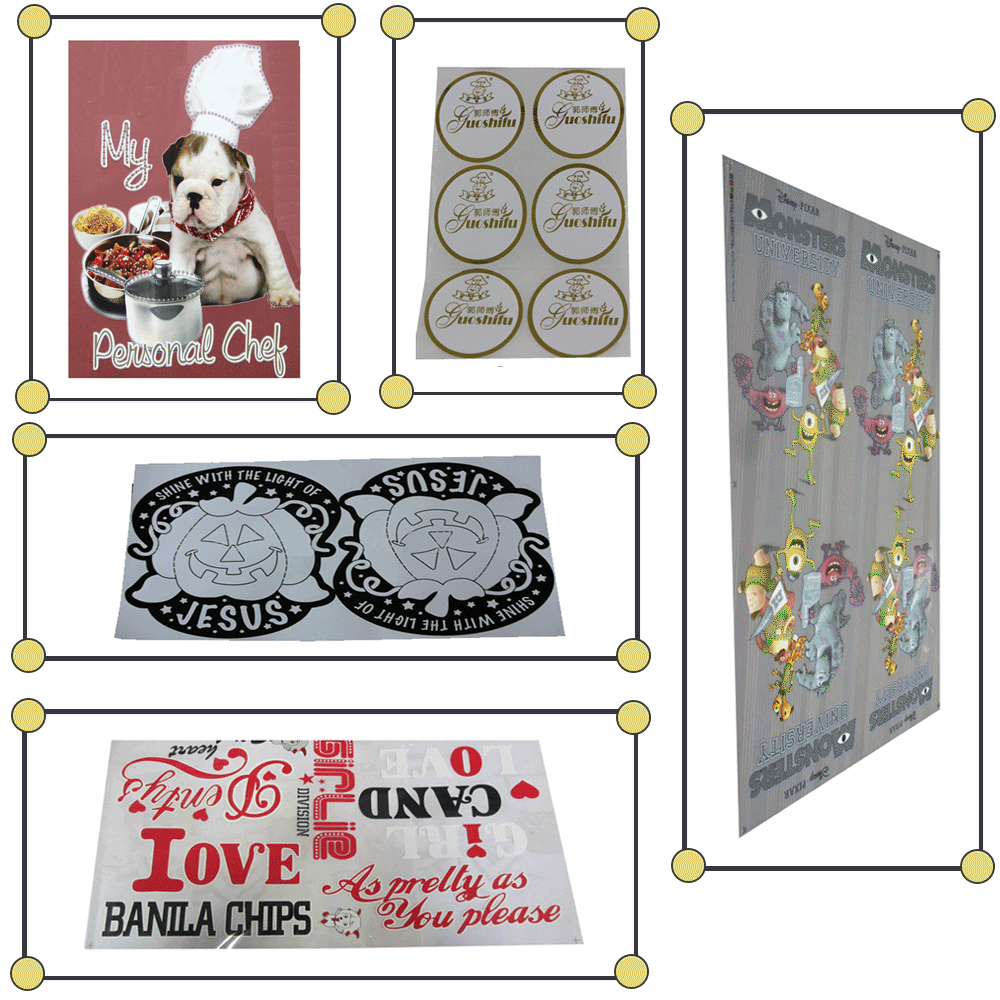
In the fabric and cotton heat transfer process, heat transfer film is a very important consumable. The heat transfer film is the carrier for printing the transfer pattern on the PET or BOPP film. Pressing it on the clothes with a heat press machine will transfer it. Design, the production of thermal transfer film is mainly silk screen printing.
The silk screen printing of thermal transfer film is more complicated. First, choose the base film with peeling function, and then print the pattern on it with a screen printing machine, which can be monochrome or multi-color, and then cover the outline of the pattern with a layer of hot melt. glue. This process is initially aimed at cutting pieces, that is, printing one by one. The printing efficiency is very low. If the screen printing machine is combined with a robot, a drying oven, and even a powder spreader to form a production line, the production efficiency will be greatly improved. improve.
With the development of technology, the production of thermal transfer film has also begun to be rolled into rolls, that is, the entire roll of thermal transfer film is firstly printed, dried, powdered, and then cut.
Whether it is the production of cut thermal transfer film or the production of whole roll thermal transfer film, the process is more complicated, especially multi-color silk screen printing, which is difficult and the machine cost is also high, so inkjet printers are now used for production. The process of thermal transfer film has gradually entered the market and gradually occupied a dominant position.
This is another example of the silk screen market being cannibalized by the inkjet printing market.


How to choose screen printing ink?
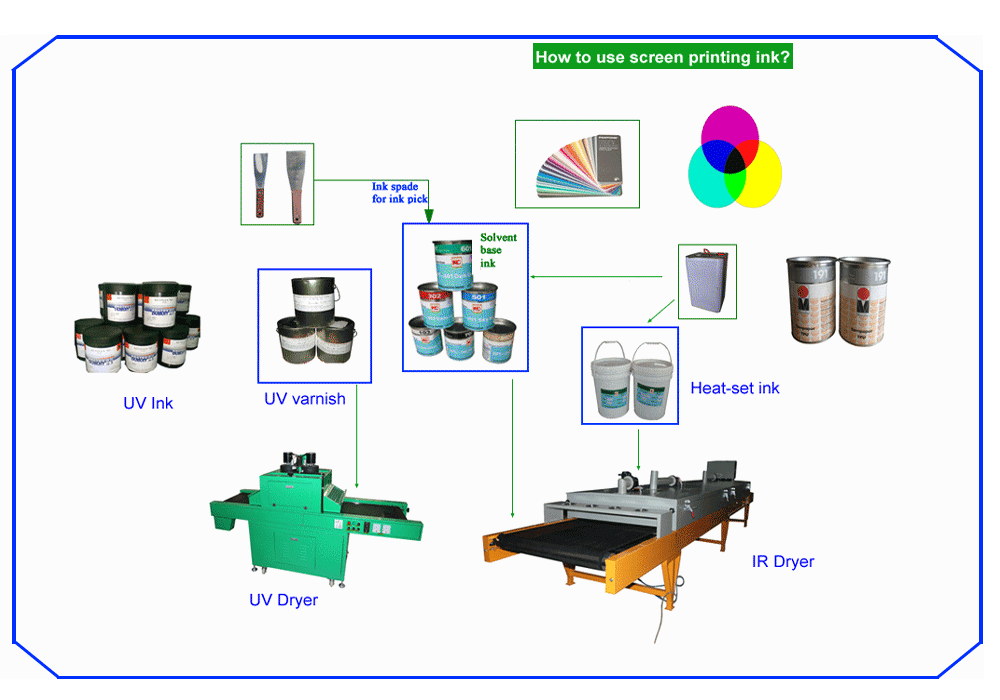
Screen printing is known as universal printing, it can print almost everything in the world. In fact, this is just an exaggeration. A big limitation of silk screen printing is that it has relatively large restrictions on the shape of the product. Silk screen printing is more suitable for flat surfaces, or parts of spherical and curved surfaces. In addition, silk screen printing is more suitable for cylinders. Body, cone, ellipsoid. Beyond these shapes of products, the limitations of silk screen printing are obvious.
There are many types of screen printing machines for flat printing, including semi-automatic, fully automatic, fixed table, sliding table and turntable table. The main feature of the flat screen printing machine is that the scra